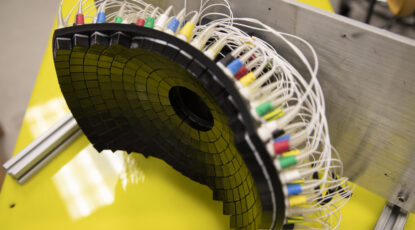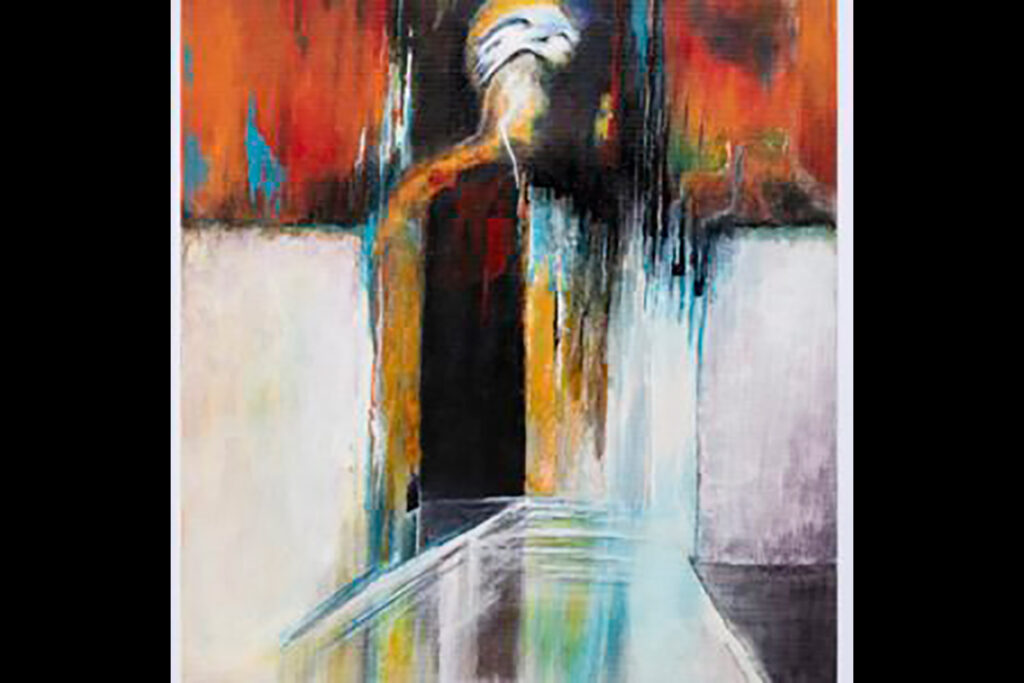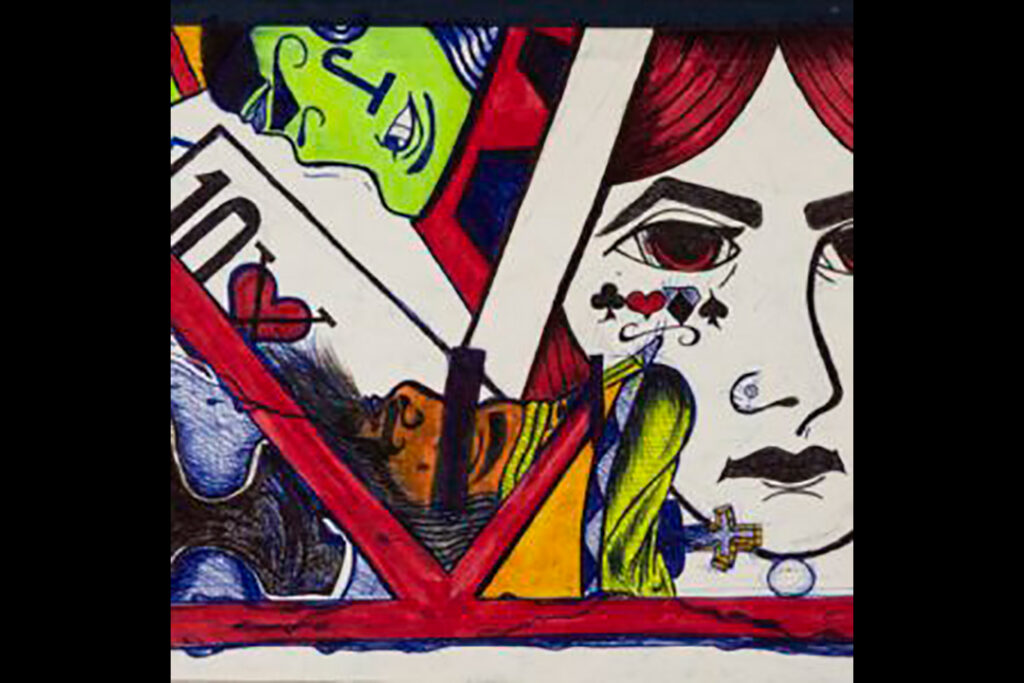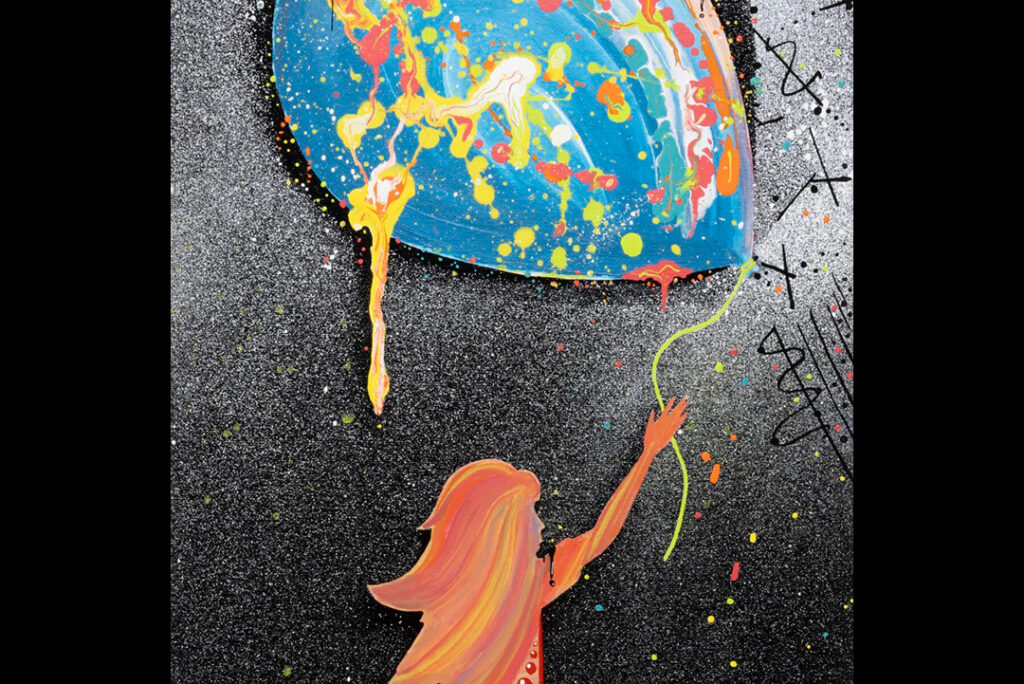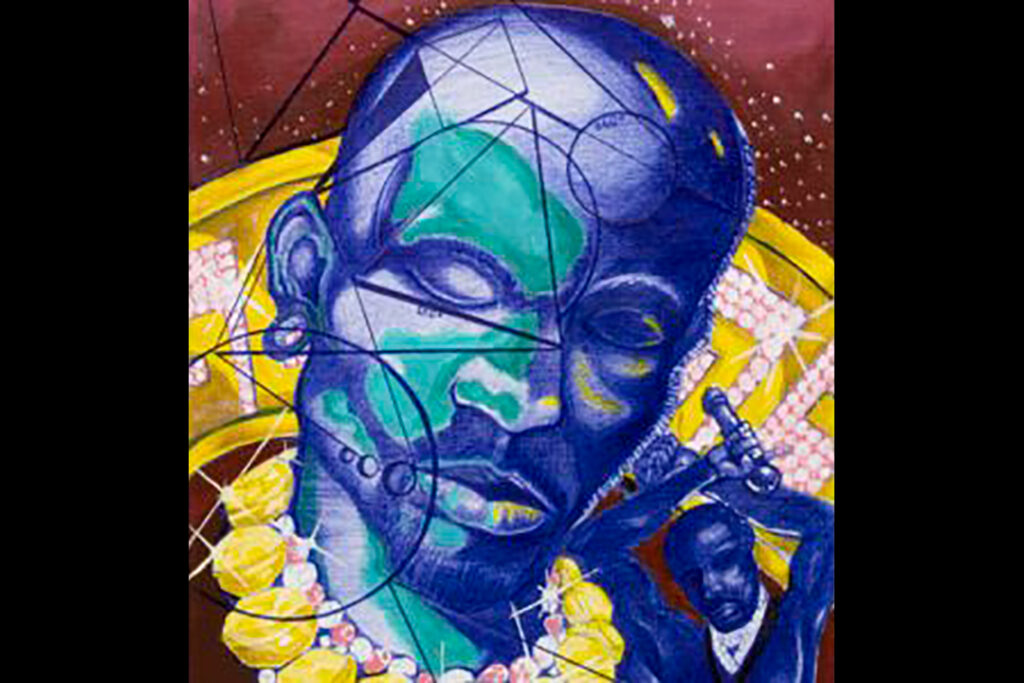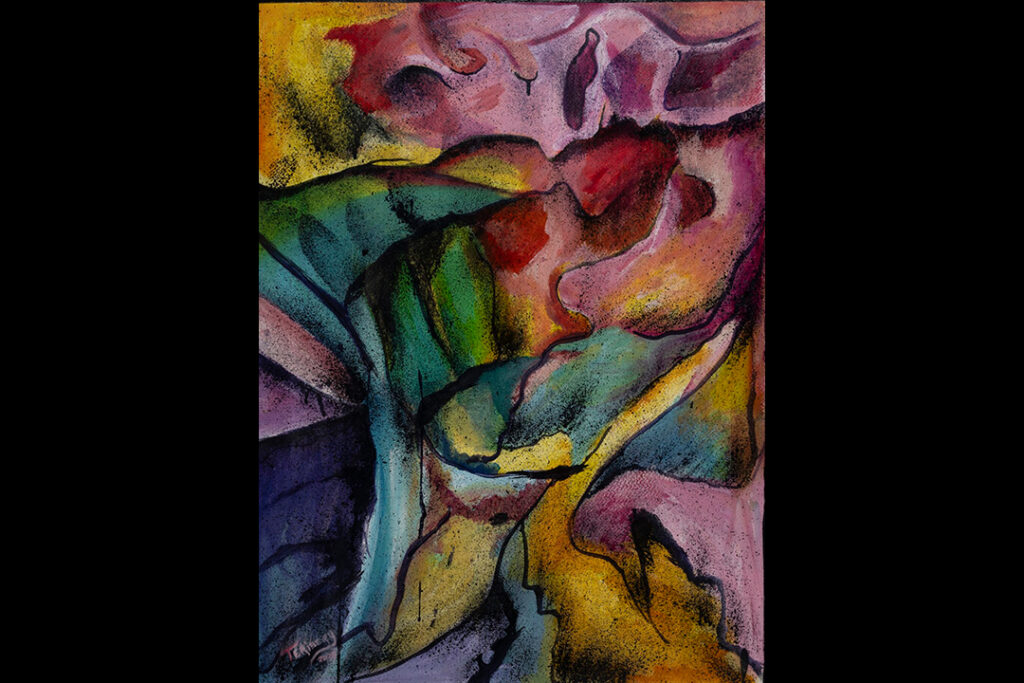Ono highlights impact of state support on student success, affordability, economic growth
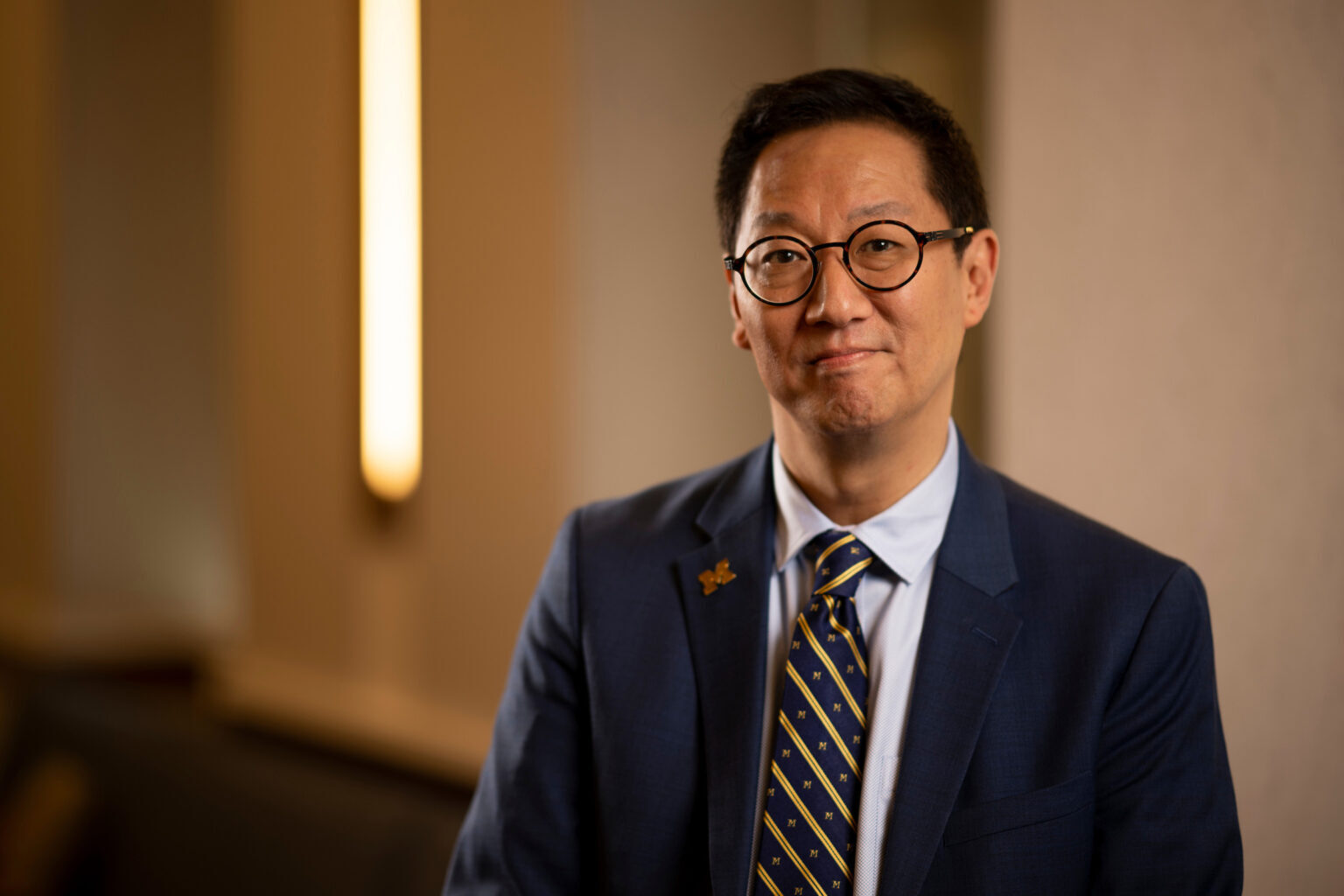
In testimony before the Michigan House Appropriations Subcommittee on Higher Education and Community Colleges in Lansing on April 30, President Santa J. Ono reinforced the vital role state funding plays in furthering the success of students, driving economic development, and maintaining affordable access to a world-class higher education experience for students across the state.
-
Collaborative project to help improve coastal community resilience in Michigan, Wisconsin
Researchers from U-M and the University of Wisconsin will assess flood risk for disadvantaged communities in Berrien County, Mich., and Milwaukee, and will provide a framework to extend the analysis throughout the Great Lakes.
-
How sound waves trigger immune responses to cancer in mice
By breaking down the cell wall “cloak,” the treatment exposes previously hidden cancer cell markers and could offer patients a treatment option without the harmful side effects of radiation and chemotherapy.
-
1 in 8 Americans over 50 show signs of food addiction, U-M poll finds
Whether you call them comfort foods, highly processed foods, junk foods, or empty calories, a sizable percentage of older Americans have an unhealthy relationship with them, according to a new U-M poll.
-
U-M program places dozens of educators in Michigan classrooms, addresses teacher shortage
In the 2022-23 school year, M-ARC is training and supporting 49 early-career teachers in 42 schools across southern Michigan. The program merges the U-M School of Education’s 100 years of experience with contemporary alternatives to support educators learning as they teach.
-
Refugee-focused community garden celebrates its first year
The garrden, a collaboration between Jewish Family Services of Washtenaw County and Matthaei Botanical Gardens and Nichols Arboretum, has turned a previously unused, grass-covered space into a fertile, productive plot.
-
Blindfolded Rubik’s Cube world champion sets the score (on violin)
For many, the colorful 3×3 Rubik’s Cube was an infuriating, and largely impossible, puzzle to solve. But for one U-M student, the cube opened doors to international travel, a Guinness World Records entry, and multiple world championship titles.
Columns
-
President's Message
Reaffirming our focus on student access and opportunity
U-M seeks to ensure every student will rise, achieve, and fulfill their dreams. -
Editor's Blog
Peace out
It's a mad, mad, mad, mad world out there. -
Climate Blue
Keeping our focus on climate
As federal support for climate science wanes, Ricky Rood remains hopeful. -
Health Yourself
Are you an ‘ager’ or a ‘youther’?
Why do some people appear younger or older than people born in the same year?
Listen & Subscribe
-

MGo Blue podcasts
Explore the Michigan Athletics series "In the Trenches," "On the Block," and "Conqu'ring Heroes." -

Michigan Ross Podcasts
Check out the series "Business and Society," "Business Beyond Usual," "Working for the Weekend," and "Down to Business." -

Michigan Medicine Podcasts
Hear audio series, news, and stories about the future of health care.
In the news
- Space.com James Webb Space Telescope finds coldest exoplanet ever seen, and it orbits a dead star
- USA Today DTE Energy, other utilities wrestle with extreme weather, deregulation and rising costs
- The Conversation A Michigan research professor explains how NIH funding works—and what it means to suddenly lose a grant
Creativity and connection across prison walls
One of the world’s largest and longest-running exhibitions of incarcerated artists is back with new programming designed to foster connection and deepen public understanding of incarceration in Michigan. The 29th annual Exhibition of Artists in Michigan Prisons, curated by U-M’s Prison Creative Arts Project, showcases 772 artworks by 538 artists incarcerated in 26 state prisons. The Duderstadt Center Gallery on U-M’s North Campus is presenting the artwork through April 1.


